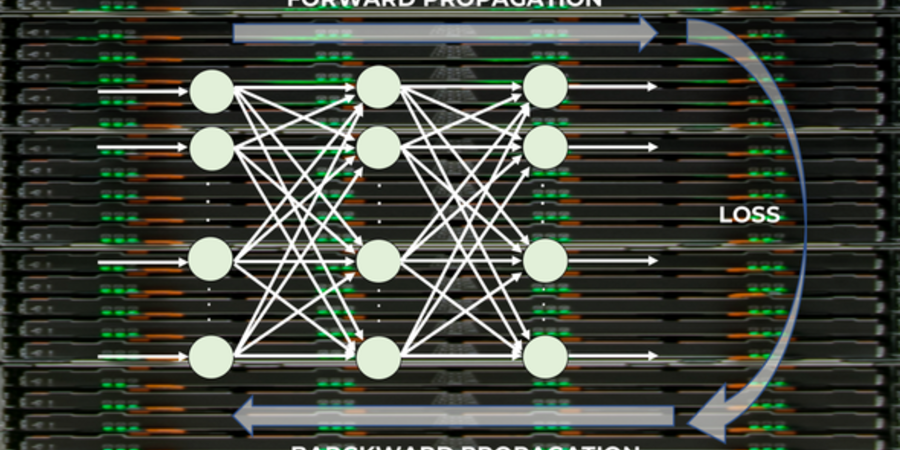AI in healthcare is an overhyped concept inappropriately attributed to programs that do not fit any reasonable definition of AI tools. It was described that many instances where operational clinical decision support tools touted as AI were, in reality, expert systems driven by algorithms built by human experts. Without transparency into the processes, organizations using these tools are unable to evaluate the quality and reliability of these “AI” systems. In addition, they cannot determine if they are based upon AI principles or more simplistic, static, rule-based algorithms.













